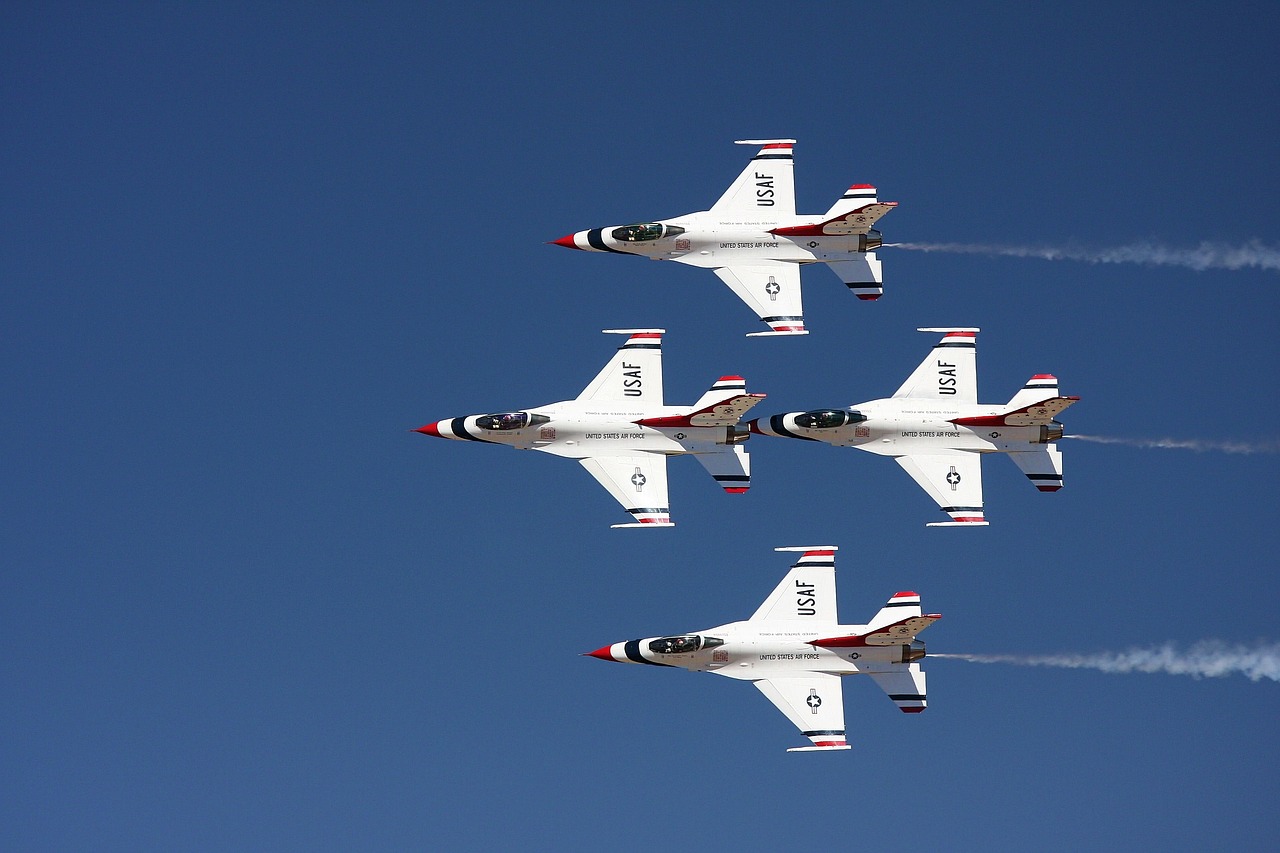This post is also available in:
 עברית (Hebrew)
עברית (Hebrew)
Autonomous robots face a persistent challenge – navigating complex, unpredictable environments without human intervention. Standard navigation systems typically rely on GPS to locate a robot on a map, but in many real-world scenarios, such as collapsed buildings, caves, dense forests, or other unstructured spaces, GPS is unreliable or unavailable. This limitation severely restricts the ability of robots to perform search and rescue missions, infrastructure inspections, or other tasks that require precise, autonomous movement.
A team of researchers at the Beijing Institute of Technology has developed a new navigation framework inspired by biological systems, enabling robots to traverse complex environments without relying on GPS. The system combines strategies observed in insects, birds, and rodents to create a unified, fault-tolerant approach. By integrating multiple navigation strategies, rather than relying on a single method, the system reduces errors, improves energy efficiency, and ensures resilience when individual sensors fail.
According to TechXplore, the framework consists of three core components. First, an insect-inspired path integrator functions as an internal step counter, tracking movement even when external references are limited. Second, a bird-inspired multisensory fusion system combines data from multiple inputs, including quantum magnetometers, polarization compasses, and visual sensors, to maintain accurate heading information even if one sensor is compromised. Third, a rodent-inspired cognitive mapping system updates spatial memory selectively, only incorporating significant landmarks to maximize energy efficiency.
Extensive field trials with 23 robotic platforms demonstrated substantial improvements over conventional SLAM (Simultaneous Localization and Mapping) systems. Robots using the framework experienced a 41% reduction in positional drift, up to 60% higher energy efficiency, and significantly faster recovery from sensor failures. The system’s built-in redundancy, which is referred to as “degeneracy”, allows robots to continue navigating effectively even if one component fails.
Beyond commercial applications, this technology has potential relevance for defense and emergency response. Robots equipped with such autonomous navigation could operate in GPS-denied environments like collapsed structures or underground facilities, conducting reconnaissance, search and rescue, or inspection tasks without constant human oversight.
The researchers are exploring enhancements such as continuous on-chip learning and scaling the system to kilometer-scale environments. Their goal is to create robots that not only emulate animal navigation behaviors but also adapt and learn over time, achieving robust autonomy in some of the most challenging environments imaginable.
The research was published here.


























